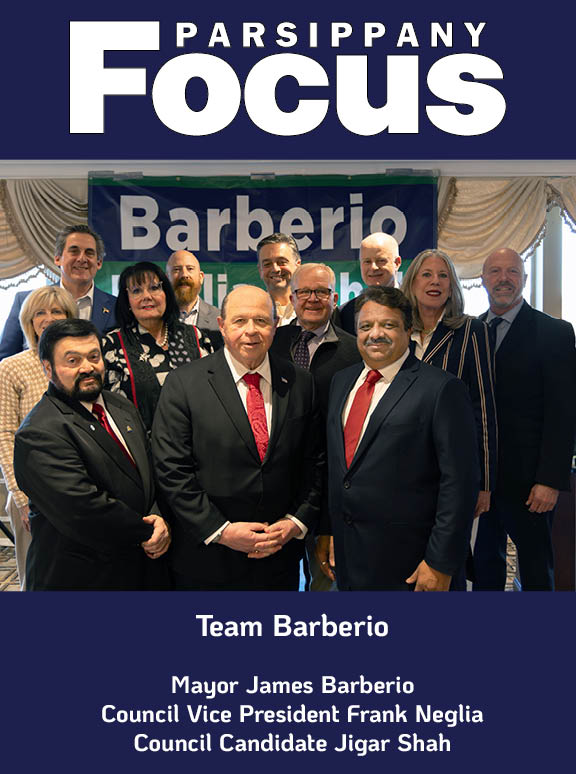 Dear Editor:
Dear Editor:
In many if not post large development proposals the first thought is tax rateable; or what amounts to the Planning Board being over-zealous toward outside the community large property owners, favoring private economic considerations over public environmental values, not considering future costs and cumulative impacts over time inflicted on the community. Possibilities like having EXISTING COMMUNITY ENVIRONMENTALLY CONSTRAINED SUBZONEs are diminished.
It is ironic that COAH or affordable housing cannot be built on environmentally sensitive lands; however private corporate development, “speculation development” can do so with NJDEP waivers and if a township allows this.
Parsippany has no Natural resource Inventory, which would allow these areas to be venerable especially if they are privately owners.
Parsippany officials would like us to believe there are limited choices like during the Waterview episode the town officials many voting against their own communities best interest under the assumption only two choices existed, public housing project or a whole Foods and additional retail space despite there being no need and it would forever change the character of the existing neighborhood. No argument was made for zoning the land as a “community environmentally constrained subzone”. A questionable and not worth having tax rateable was the goal and objective of the administration.
Councilman dePierro an advocate of the ‘home-rule” even sided against the community, which seems to contradict his sacred home rule; from a 2013 article concerning RMP and Parsippany’s conformance. “Mr. dePierro explained that the Township would give up control of development and hand it over to the Highlands Commission if they accept full Highlands Conformance and have not pursued it for that reason. He also was misinforming others by stating “In the original open space calculations COAH (not the Highlands) included wetlands, gold courses and cemeteries” said dePierro ‘does it still include those areas? He cannot seem to separate the benefits of the Highlands regional Planning from COAH.
dePierro back in June of 2010 was also quoted in a new article saying; “I have no desire to join the Highlands RMP.” The Councilman must be asked then to explain; what is the advantage from being sued by developers when they don’t have their way; or does he consider all development suitable for Parsippany according to the developers remedy or retaliation? Another claim made by officials was that they were saving the tax payers money from lawsuits inflicted by outside the community property barons that want their best interest, not Parsippanys in mind. dePierro has not advocated for a natural Resource inventory or even considered Parsippany is already heavily developed and may still have lands unsuitable or inappropriate for more developments.
It is obviously Parsippany opted in to conformance in 2009 because of the possible lessening of the housing obligation and no other reason. Ignoring all other benefits of regional planning including legal shields from developers lawsuits, they later opted out of the plan; not being able to separate housing obligations from regional planning, oranges and apples shall we say. In conclusion if Parsippany had completed a natural resource inventory of its landscapes, small remaining forest, over 2,000 acres of ground water recharge areas, steep slopes, well head protection areas and other discretionary landscapes likewaterview they may very well have protected themselves from such housing threats, by identifying and recognizing remaining landscapes of an environmentally sensitive character there-by off-limits to public housing. As our water deficits only get worse and our landscapes become more unnecessarily developed we can thank our lack of concern for the natural world for tax rateable not worth having. Regional Planning in truth would bring more transparency, public trust and public participation, learning and understanding. Home Rule is developers rule. Regional Planning is in the best interest of Parsippany keeping our property worth the taxes we do pay.
Nick Homyak
Lake Hiawatha















